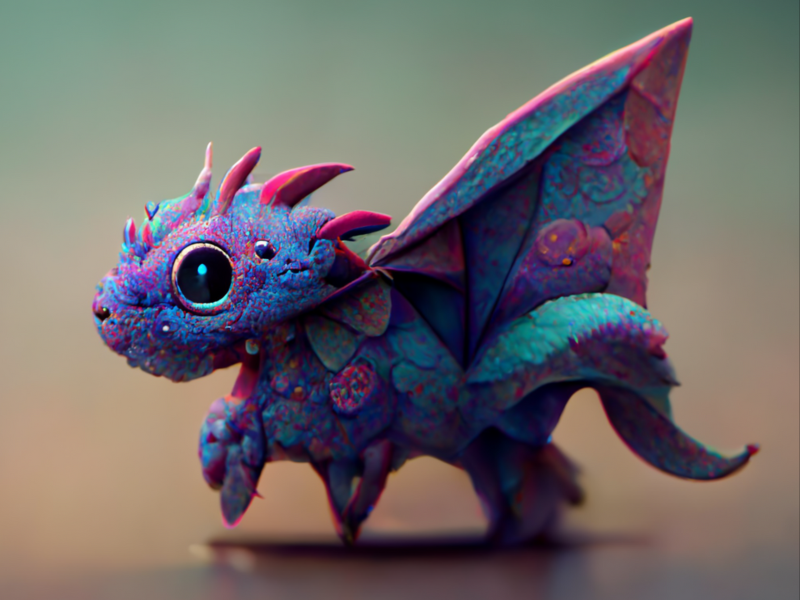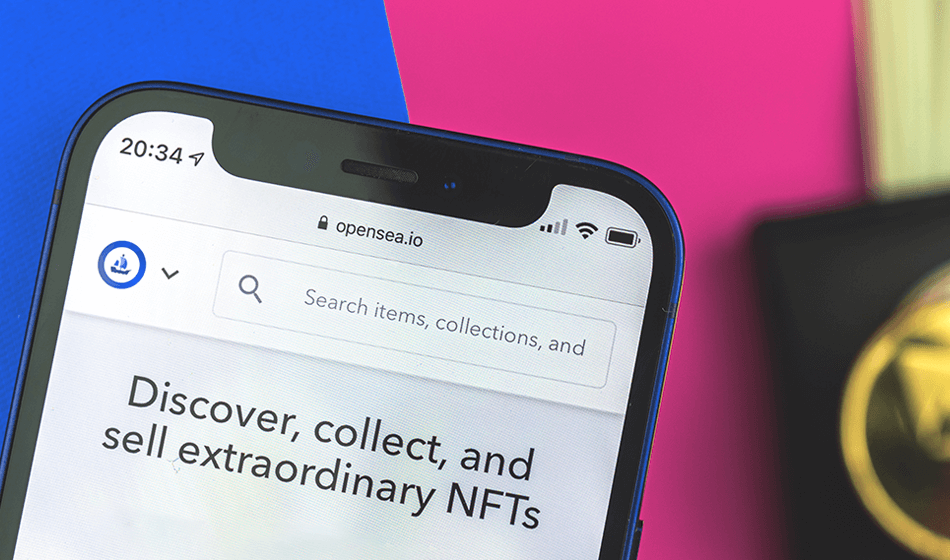The term ‘NFTs’ is echoing through the corridors of digital innovation. As a business owner or digital content creator, you might have caught wind of the significant financial gains people are making with these latest entrants in the cryptocurrency arena.
NFTs, or Non-Fungible Tokens, have indeed entered the mainstream.
As such, if your entrepreneurial endeavors or small business operations involve generating digital content, getting a handle on how to profit from NFTs could be a game-changer.
You may have heard of the 24-year-old artist who made over $300,000 selling her art as NFTs or Rob Gronkowski selling NFTs of his best Super Bowl moments.
With this news hitting social media, it’s no surprise how quickly NFT rose to fame with more people jumping on the bandwagon.
The journey to earning money through NFTs begins with a fundamental understanding of what they are. In this guide, we aim to provide a concise explanation of NFTs and demonstrate how you can potentially profit from selling them. First, let’s delve into the precise definition of NFTs.
What are NFTs?
NFTs, an abbreviation for non-fungible tokens, are unique cryptographic tokens residing on a blockchain.
They serve as virtual representations of tangible assets like artwork, music, and even real estate. Unlike cryptocurrencies, each NFT is distinctive; they cannot be traded or exchanged on a like-for-like basis due to their unique attributes.
Picture a collection of unique baseball cards or rare coins. NFTs create a sense of scarcity for digital assets that would otherwise be limitless.
They are most commonly utilized to purchase and sell digital commodities like social media posts, digital artwork, game-related items, and virtual real estate.
2021 was a year of growth for NFTs, with sales hitting $2.5 billion in the first half of the year. There are two ways you can make money with NFT. The first is to sell your original content as NFT.

How to Sell NFTs?
Selling NFTs typically involves a process that varies according to the marketplace you select, similar to existing e-commerce platforms. At a high level, you’ll be required to upload your content to the marketplace, convert it into an NFT, and then wait for a buyer.
The process is reminiscent of selling on platforms like Amazon or Etsy. If you already possess a digital content portfolio and hold the copyright, the following steps are what you need to know next:
1. Select Your Marketplace, Mint the NFT, and Link Wallet
Selecting a suitable marketplace is the primary step in your NFT journey. The digital world offers a multitude of such platforms, with notable ones being OpenSea, Axie Marketplace, Rarible, SuperRare, and Mintable.
Here’s a quick comparison (info correct 2021):
| Marketplace | Blockchain | Types of NFTs | Royalties | Gas Fees |
|---|---|---|---|---|
| OpenSea | Ethereum | Art, domains, virtual world, trading cards, collectibles | Varies per creator | Varies based on network congestion |
| Axie Marketplace | Ethereum | Axie Infinity assets (characters, land) | Varies per creator | Varies based on network congestion |
| Rarible | Ethereum, Flow | Art, music, domain names, virtual world assets | Varies per creator | Varies based on network congestion |
| SuperRare | Ethereum | Digital art | Varies per creator | Varies based on network congestion |
| Mintable | Ethereum | Art, music, domain names, virtual world assets, and more | Varies per creator | Varies based on network congestion |
- Each marketplace has its unique attributes and advantages, so it’s crucial to examine them and decide which one aligns best with your content and your overall objectives.
- Following the marketplace selection, your next move is to “mint” your NFT. To simplify, minting an NFT means converting your digital file into a cryptographic collectible or a digital asset on the Ethereum blockchain.
- While this might initially appear complex, most marketplaces are user-friendly and provide step-by-step guides to assist you in minting your NFT within their platform.
- After selecting your preferred marketplace and successfully minting your NFT, you’ll need to connect your funded cryptocurrency wallet to the platform. Following this, you can upload your digital file and proceed as per the instructions on your chosen platform.
- Keep in mind, different platforms have diverse processes and features; some allow you to sell your item as a one-off, while others let you earn royalties.

2. List NFT for Sale
- With your NFT minted and all necessary details provided, the next step is to put your NFT up for sale.
- After listing your NFT, you may notice that the marketplace calculates what are known as “gas fees.” This term represents the transaction cost within the Ethereum blockchain network that you need to cover in order for your NFT to be officially listed.
- The magnitude of this fee fluctuates depending on the network’s activity at any given time. One way to reduce this fee is by listing your product during off-peak hours, although this strategy’s effectiveness will depend on the marketplace you’ve chosen.

Can I Trade NFTs?
Absolutely! Trading NFTs is another viable avenue for generating revenue, and this approach is not solely limited to content creators.
Many entrepreneurs and astute investors use NFTs akin to trading stocks, buying low and selling high for a profit.
If you possess a portfolio of NFTs that you no longer need, you can dispose of them using the same methodology as if you had created them. Naturally, you won’t need to undergo the minting process in this scenario.
The knack for successful NFT trading lies in identifying the optimal time to sell. The most opportune moment to sell an NFT hinges on its nature, the rationale behind its purchase, and the overall market interest in the item.
Undertaking some quick internet and marketplace research can aid in making an informed decision.
Remember, you’ll need to account for potential price appreciation or depreciation, which can impact your profitability.
Make sure to include costs such as gas fees, marketplace listing charges, and royalties due to the original creator in your calculations. These expenses will inevitably decrease your final earnings.
Complex NFT trading may necessitate a more profound understanding of the cryptocurrency sphere, and seeking professional advice could be beneficial. Given the novelty of NFTs, there are freelancers available online who can provide valuable assistance in this domain.

What is the Future of NFTs?
Predicting the future trajectory of any blockchain innovation is inherently uncertain. Yet, many experts have voiced their belief that NFTs have secured their place in the digital world and will continue to expand beyond their current primary sectors of art and gaming.
This is particularly likely if high-profile investors maintain their involvement.
The growing interest in NFTs can also be traced back to its inherent attributes, which include proof of ownership, social status conferment, exclusive access provision, licensing management, and authenticity verification.
NFTs give you the sovereignty over your assets, analogous to how Bitcoin empowers you to control your own financial resources.
In Short …
Though the process of selling NFTs might appear simple on the surface, there can be complexities to navigate.
Minting and selling your digital content incurs marketplace and Ethereum-associated expenses, which can be substantial depending on the timing of your sale. Moreover, trading NFTs carries its own set of uncertainties due to the market’s youthful and volatile nature.
The best way to make money with NFT will differ by person. If you or your small business have money to spare, you can choose to buy an asset that will gain interest as time goes on and sell it when it appreciates.
If you’re an artist or content creator, leveraging NFTs to monetize your craft could be your best path forward.
ALSO READ:
Image: Depositphotos
This article, “How to Make Money with NFT” was first published on Small Business Trends
